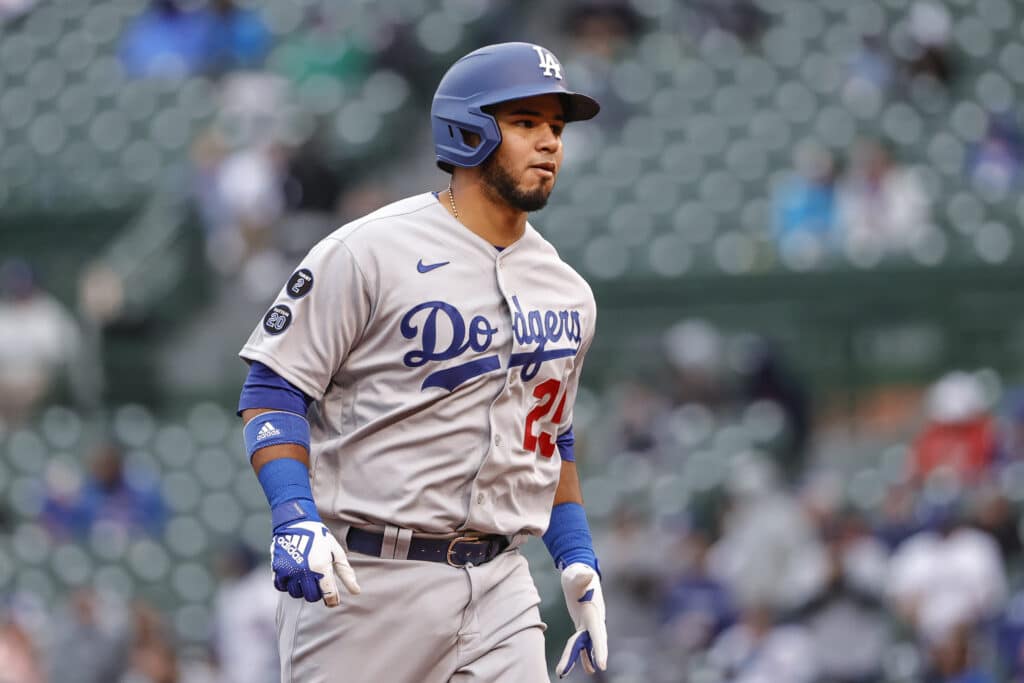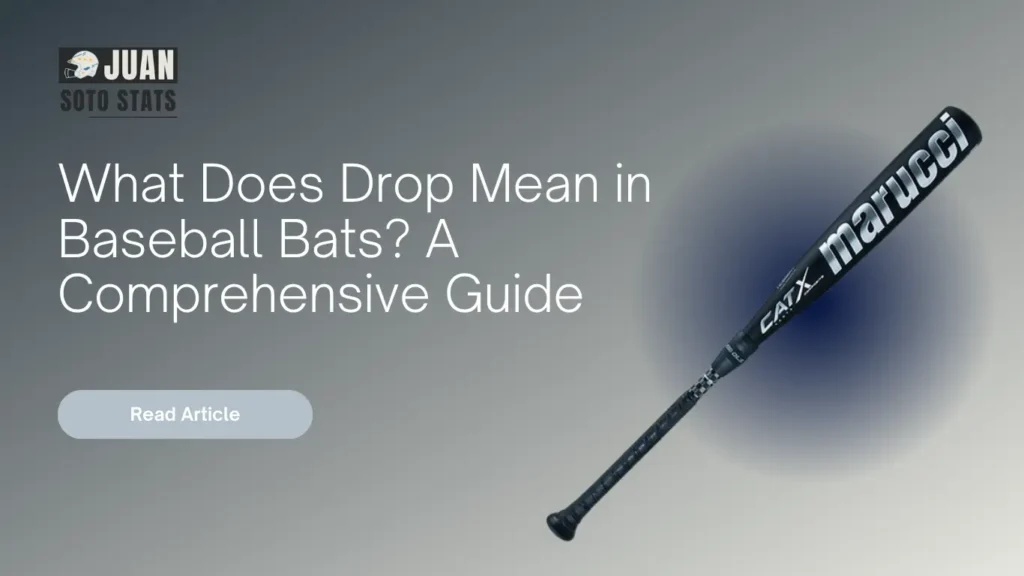Baseball is a sport rooted in tradition, statistics, and a tiered system that fosters player development. For many spectators and potential players, understanding the ranks of baseball is vital, especially the Baseball level just below the Majors League Baseball (MLB).
This article goes into the nuances of the baseball minor levels, primarily focusing on the structure and significance of the Triple-A level.
The Minor League Structure
In professional baseball, the trip to the majors is frequently a winding road packed with several levels designed to foster and assess talent. The minor league system comprises numerous levels, including:
- Rookie League
- Single-A
- Double-A
- Triple-A
Among these, Triple-A is regarded as the final step before athletes either progress to the majors or depart the professional ranks.
What Is Triple-A Baseball?
Triple-A baseball represents the highest level of minor league baseball, operating as a critical bridge between the majors and lower levels of the minor leagues. Managed by the Triple-A affiliates of Major League Baseball teams, this league fulfills many functions:
- Player Development: It is the major stage when players refine their talents, gain experience, and prepare for the difficulties of the MLB.
- Veteran Players: Triple-A teams generally include seasoned players who may find themselves transitioning out of MLB or hoping to make a comeback to the big leagues.
- Injury Rehabilitation: MLB organizations send injured players to Triple-A for rehabilitation before they return to competition.
Buy From Amazon with Best Deals

SSK Z5 Craftsman Youth Baseball Glove – 10.5” – 11” – 11.25” – 11.5” Right & Left Hand Throw
- Z5 Craftsman Youth Series is crafted with a narrow-fit wrist
- SSK Z5 Youth Series undergoes an extra factory break-in process to ensure a game-ready feel.
- Z5 Youth Series is best for players who want a gloves.
- The SSK “DIMPLE” Sensor Technology
The Importance of Triple-A Baseball
The value of Triple-A baseball cannot be emphasized. It operates as the last line of defense for player development, showcasing future major league talent while offering teams with crucial options as they endure the arduous MLB season.
1. Player Development
At the Triple-A level, players go off against fierce competition that mirrors the intensity of the major leagues. Here, players may sharpen their talents in high-pressure scenarios, making revisions to their game plans before making the leap. Some major features include:
- Pitching Variety: Players encounter a multitude of pitching styles, which prepares batters for the mix of pitches they’ll face in the majors.
- Defensive techniques: Defenders at this level generally apply advanced metrics and techniques, providing players a robust understanding of defensive alignments.
2. Evaluation by MLB Teams
Front office officials and scouts regularly follow Triple-A results. A standout player in Triple-A might receive a call-up to the majors, particularly if they flourish during the season.
Teams generally maintain eyes on player statistics, such as batting average, on-base percentage (OBP), and earned run average (ERA), to judge preparation for major league play.
3. The Transition Process
The transition from Triple-A to MLB can be intimidating. Players may contend with numerous challenges, including performance anxiety and the weight of expectations. To aid this shift, teams typically give support systems, such as:
- Coaching Guidance: Experienced coaches help players adapt to the variations in pace and intensity between the two levels.
- Mental Conditioning plans: Many organizations now realize the value of psychological readiness and integrate mental training into their development plans.
Triple-A Teams and Affiliations
The organization of Triple-A baseball is heavily connected with major league teams through affiliations. Each MLB club has at least one Triple-A affiliate, where they assign players for development. The relationship can often define a player’s opportunity for major league play based on:
- Team Strategy: The development philosophy of the parent club might impact which players are promoted.
- Franchise Needs: Positions needing reinforcement in the major league may see more call-ups from Triple-A.
What Are the Official Baseball Color Code For the Bat?
Everyday Life in Triple-A
Life in Triple-A can be a frenzy. Players confront the rigor of long bus rides, hotel stays, and the unpredictability of travel itineraries. Yet, it is also a time of enormous growth and companionship.
1. The Life of a Player
A typical day for a Triple-A player includes:
- Morning Workouts: Focused on strength and conditioning.
- Practice Sessions: Coaches drill players on specific talents, team plays, and concepts.
- Game Day Regimen: Consists of pre-game rituals, warm-ups, and mental preparation.
2. The Impact of Minor League Baseball on Communities
Triple-A teams often act as community anchors. They give amusement while also delivering a glimpse at the future of baseball. Many communities gather around their Triple-A clubs, (Baseball level just below the Majors) making every game a local event.
Challenges Faced in the Minor Leagues
Despite the opportunities given at the Triple-A level, players encounter hurdles:
- Competition: The relentless push for performance can lead to stress andmental tiredness. The pressure to achieve not only for personal objectives but also for team dynamics can be daunting.
- Job Security: Unlike the stability commonly associated with major league contracts, players in Triple-A suffer uncertainty surrounding their future. Players are continuously competing for advancement or avoiding demotion. This competitive climate can be brutal, however it builds resilience.
- Financial Constraints: Minor league pay are generally low compared to their major league counterparts. Many athletes rely on various revenue sources, including as off-season occupations, to augment their earnings, which can create issues in terms of financial stability and concentrate on their athletic careers.

Notable Players Who Transitioned from Triple-A to MLB
In the realm of baseball, several renowned players refined their skills in Triple-A before making their impact in the top leagues. The list of successful athletes includes:
- Mike Trout: Regarded as one of the best players of his generation, Trout played for the Salt Lake Bees (Los Angeles Angels affiliate) before his spectacular climb in MLB.
- Babe Ruth: Before his renowned career, Ruth played in the Triple-A level, exhibiting his raw skill that would eventually transform him into a baseball legend.
- Derek Jeter: The widely known New York Yankees skipper spent time with the Columbus Clippers as he prepared to make his MLB debut.

Rawlings | Player Preferred Adult Ball Glove
- 33 INCH ADULT CATCHER’S MITT
- 1 PIECE SOLID WEB
- FULL GRAIN LEATHER
- ZERO SHOCK PALM PADDING
The Road from Triple-A to the Majors
In summary, Triple-A baseball plays a critical part in the professional baseball ecosystem. It is a platform for growth, a stage for performance, and a stepping stone to the ultimate objective of reaching the main leagues.
The players that succeed at this level not only display tremendous talent but also the mental toughness necessary to thrive in one of the most demanding sporting situations.
Recognizing the importance of this transitional level underlines the dedication that goes into every athlete’s journey.
As fans, it is crucial to respect the hard effort and perseverance demonstrated by Triple-A players as they fight for their aspirations in the world of baseball.
What Is AAA Baseball?
AAA Baseball, or Triple-A Baseball, marks the highest classification in Minor League Baseball. This level of play acts as a key bridge between the outstanding players in the minors and the elite competition seen in Major League Baseball (MLB).
In this detailed post, we will discuss the structure, relevance, and distinctive qualities of AAA Baseball, trying to provide everything you need to know about this crucial component of professional baseball.
AAA Baseball: Structure and Teams
AAA Baseball consists of teams that are directly linked with Major League Baseball clubs, operating as their primary development system.
Each MLB organization normally has at least one Triple-A affiliate, where they send players for training, talent refining, and potential promotion to the baseball level just below the majors.
1. Affiliation System
The affiliation procedure is vital in establishing AAA Baseball teams. Teams are frequently named after the parent MLB club or have names that reflect their local areas.
The link can lead to a substantial infusion of talent as organizations modify their rosters based on player performance and injury management.
2. Leagues Within AAA Baseball
AAA Baseball is made of multiple leagues, with the two largest ones being:
- International League: This league contains clubs predominantly located in the Eastern United States and has a strong history extending back over a century.
- Pacific Coast League: Spanning the western United States and parts of Canada, this league is recognized for its high offensive outputs and player-friendly parks due to the elevation in many locations.
The Role of AAA Baseball in Player Development
In AAA Baseball, the focus is mostly on player development, which comprises sharpening skills, acquiring experience, and preparing young players for the rigors of baseball level just below the majors League Baseball.
1. High-Level Competition
Players in AAA Baseball confront severe competition. Facing out against others who are often on the edge of making the MLB, athletes must consistently enhance their talents.
The varied range of pitching styles, defensive methods, and game pressures faced at this level creates well-rounded players ready for baseball level just below the majors league action.
2. Injury Rehabilitation
Injuries are an inherent element of playing professional sports. AAA Baseball serves as a vital component of a team?s rehabilitation program, allowing injured MLB players to heal and regain their form before returning the big leagues.
3. Building a Strong Foundation
Coaches in AAA Baseball (Baseball level just below the Majors) focus not only on technical skills but also on cultivating mental toughness. Players are pushed to react to diverse in-game events, a practice that prepares them for the unpredictability of the big league atmosphere.
The Day-to-Day Life of a AAA Player
The everyday regimen of a AAA Baseball player is a unique blend of rigor and exhilaration.
1. A Typical Day
A average day may look like this:
- Morning Workouts: Players engage in strength and conditioning sessions to increase their athletic talents.
- Team Practices: These sessions focus on skill enhancement, including hitting drills, fielding practice, and situational exercises.
- Game Preparation: On game days, players endure carefully choreographed warm-ups and deliberate with coaches to prepare for the other team.
2. Travel and Lifestyle
Traveling is a key component of life in AAA Baseball. Teams sometimes travel by bus across great distances, and players spend time in numerous places, which can create camaraderie but also can lead to exhaustion. Despite this, the shared experiences frequently establish lifelong ties among colleagues.
What Makes AAA Baseball Unique?
The AAA Baseball scene is distinct for various reasons:
1. Fan Engagement
Triple-A games generate strong local support, offering fans with the opportunity to witness future MLB stars. The affordability of tickets and the intimate stadium environs generate a unique vibe that can be quite different from the baseball level just below the majors leagues.
2. Intensified Rivalries
The proximity of teams within the leagues generates fierce rivalries, heightening the thrill of the season. Games can be charged, with local pride at risk, echoing the competitive spirit found at the Major league level.
3. Player Analytics and Training Innovations
In recent years, AAA Baseball teams have increasingly utilized advanced analytics and technology to boost player performance. Video analysis, wearable technologies, and individualized training regimens provide athletes with extensive feedback, enabling them to continuously develop.
Notable Players Who Rose from AAA to MLB Stardom
Over the years, countless legends of the game have developed from AAA Baseball. These guys illustrate how this essential league may aid a route to success.
1. Miguel Cabrera
A two-time MVP and World Series champion, Miguel Cabrera spent some time in the AAA ranks, where his power hitting talents were developed before making a huge impact in the baseball level just below the majors.
Clayton Kershaw
Another example of a player who flourished after his AAA experience is Clayton Kershaw, a future Hall of Famer. Kershaw exhibited amazing pitching skills with the Albuquerque Isotopes, finally evolving into one of the most dominant pitchers in MLB history.
Challenges Faced by AAA Players
Despite the opportunities, players in AAA Baseball navigate various hurdles that can impair their development and entire experience.
1. Pressure to Perform
The pressure to achieve is great in AAA Baseball. Players realize that outstanding performance may directly lead to a call-up to the big leagues, while struggles might result in unexpected demotions or even being terminated by their organizations.
This high stakes atmosphere can induce tension and anxiety which players must manage efficiently.
2. Financial Constraints
Many Triple-A players contend with financial issues, as pay in minor leagues are often lower than those in MLB. While some highly regarded prospects receive substantial bonuses, many players live on low salaries.
As a result, players typically require second occupations or financial support during the offseason to prolong their careers.
3. Balancing Family and Professional Life
The constant travel schedule can create issues in sustaining family relationships. Players often miss critical life events, leading to emotional pressure.
Balancing personal life with the responsibilities of a professional sports career is hard, yet many players find methods to prioritize what genuinely important to them.
The Impact of AAA Baseball on Local Communities
AAA Baseball teams contribute greatly to their communities. They provide entertainment and build a sense of local pride while fostering links between fans and players.
1. Community Engagement Initiatives
Many Triple-A teams engage in community outreach activities, including school visits, youth clinics, and charitable events. These programs create goodwill and strengthen communal bonds, improving the cultural fabric of the communities they represent.
2. Economic Contributions
Local economies gain significantly from AAA Baseball (Baseball level just below the Majors). Games attract large audiences, creating cash for local businesses. From restaurants to hotels and retail businesses, the presence of a Triple-A team often leads to greater economic activity and job creation.
Conclusion: Baseball Level just Below the Majors
In conclusion, AAA Baseball retains an important position in the baseball hierarchy, functioning as a pivotal player development platform while simultaneously delivering spectacular entertainment for fans.
The system nurtures young talent, gives them the skills they need to transition successfully into baseball level just below the Majors League Baseball.
Understanding the complexities and significance of AAA Baseball deepens our respect for the sport. The players, coaches, and communities engaged contribute to the rich fabric of baseball, encouraging future generations to aspire to greatness in America?s pastime.
Buy From Amazon with Best Deals

Mizuno MVP Prime Baseball Glove Series | Hand Crafted BioSoft Leather
- Bio Soft Leather
- Professional Level Lace
- Outlined, embroidered logo
- Center Pocket Designed Patterns
- PlusGrip Thumb



